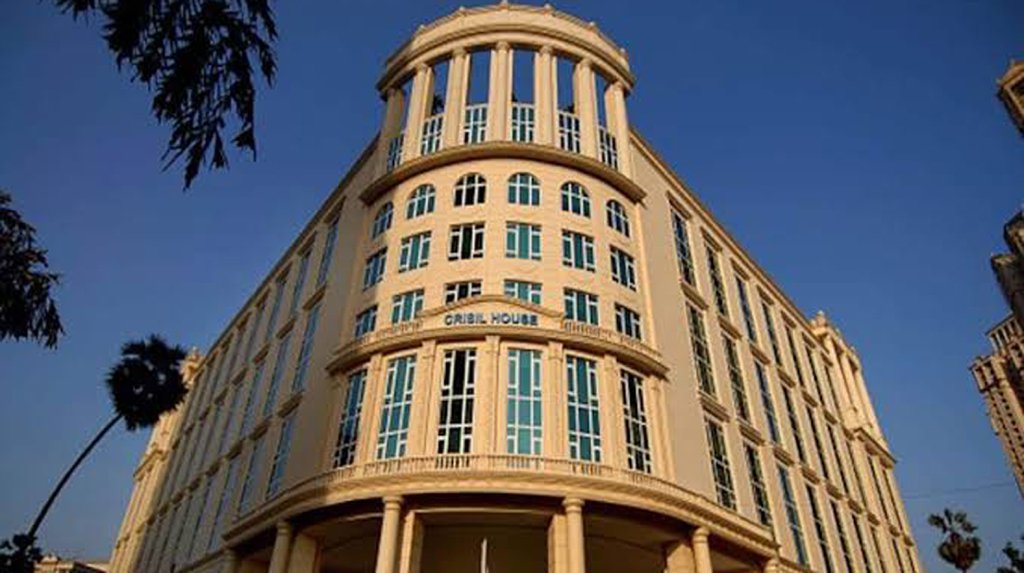New Delhi: The measures announced to trigger growth in the Union Budget 2020-21, including the widening of the fiscal deficit target, would not result in major impact for the slowing economy in the short-term, a report by Crisil said on Sunday.
The budget on Saturday set the fiscal deficit target for financial year 2020-21 at 3.5 per cent, at higher than the previous target of 3.0 per cent.
The report noted that the additional fiscal space is to be funded by aggressive disinvestment, asset monetisation and telecom revenue targets, optimistic tax-buoyancy assumptions and some tightening in overall expenditure, adding that the space created is being used to fund capital expenditure (capex) and rural sector spending to support consumption.
“The government has aimed at some measured moves in the budget to bolster growth. Most of these, however,are not expected to provide a short-term boost,” it said.
According to Crisil, the relaxation in target to spur growth was inevitable, and more realistic.
With this budget, fiscal policy appears to be doing its bit, it said, adding, however, that fiscal pressures have also intensified in the past two years, leaving the government with limited ability to stimulate growth.
“There is some support to growth, but nothing substantial in the short term. However, the government is still eyeing the long-term and has, therefore, pushed capex. The multiplier impact of this will be positive but lagged,” Crisil said.
The report observed that in the absence of growth-triggering factors, growth pick-up in fiscal 2021 is expected to be largely led by the base effect and supported by somewhat better farm incomes led by a good rabi crop and the delayed impact of monetary easing.
A normal monsoon in 2020 and benign global crude oil prices would be critical to achieve the predicted growth, it added.
According to the report, despite tight fiscal conditions, the budget makes room for higher capex and overall capex is budgeted to increase 18 per cent in the fiscal year 2020-21.
“A large part of this is because of spending on infrastructure creation. Overall infrastructure spending, however, is budgeted to decline 7 per cent in fiscal 2021. This is because of lower reliance on extra budgetary spending through central public sector enterprises (CPSEs) despite higher budgetary support. Lower spending is especially seen in roads and highways, urban infrastructure, and power,” it said.
It further said that the budget has tightened revenue expenditure, but makes way for higher social-sector spending. Growth in revenue expenditure is expected to slow down in fiscal 2021, led by lower burden of food, fuel and fertiliser subsidies.
The budget, however, makes way for higher allocations on some of the flagship programmes, such as Pradhan Mantri Gram Sadak Yojna (PMGSY), Pradhan Mantri Krishi Sinchai Yojna (PMKSY), Pradhan Mantri Awas Yojna (PMAY) and Pradhan Mantri Kisan Samman Nidhi (PM Kisan), spending on which is revenue in nature, it added.
The report also said that allocation for most of these schemes faced the axe in fiscal 2020, and higher spending next fiscal can support rural employment, income and consumption.




